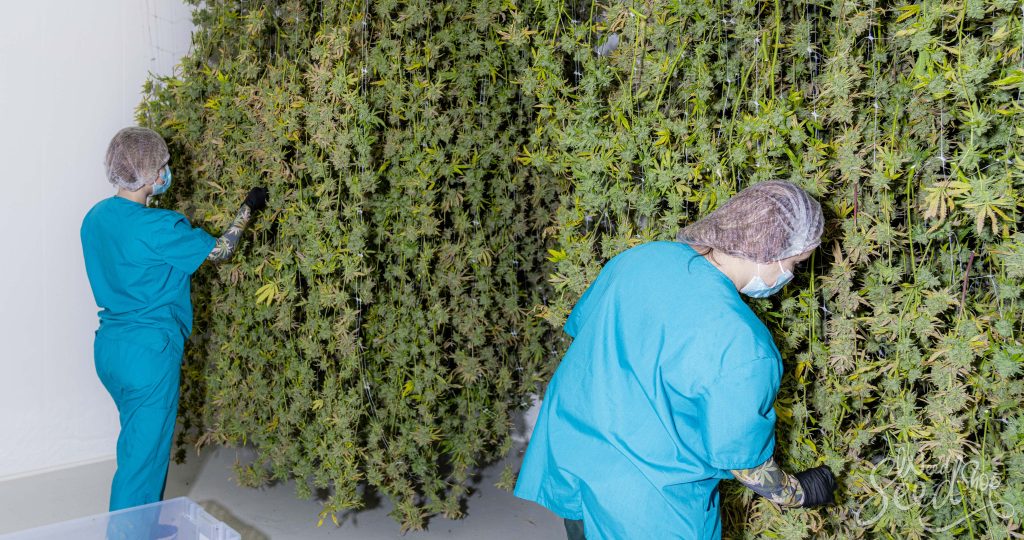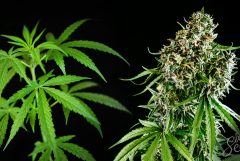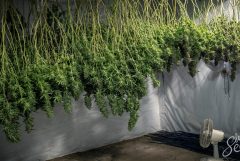The waiting is the hardest part. Whether you’re using photoperiod or autoflowering seeds, knowing the exact right time to harvest your plants is something of an imperfect science. Is it ready yet? Should you give it another few days? Knowing the best time to harvest your cannabis plant is one of the most important steps in any grow.
By harvesting your plants at just the right time, you can maximize both overall yield and potency, Harvesting too early means that your plant hasn’t grown as much as it can and harvesting too late can result in THC degradation reducing potency.
There is an ongoing debate surrounding exactly when to harvest, but there are largely agreed-upon guidelines. For example, indicas are typically ready after 8 weeks of flowering whereas sativas commonly require closer to ten. Autoflowering strains usually need about 10 weeks of flowering time as well.
Looking for more specific indications? Any strains that are available on WeedSeedShop will mention an expected flowering time in the product specs. Our fastest-flowering strains are WSS Skunk Automatic (40-55 days) and Top-44 Automatic (the name is a hint), while our longest-flowering strains are Diesel Haze Automatic and Gorilla Haze, both can take up to 80 days or longer.
While these guidelines are a good place to start, there are actually several factors that you should keep in mind when determining if your plant is ready to harvest. Below, we’ve outlined the three most important things to keep an eye on.
How to tell if weed is ready to harvest
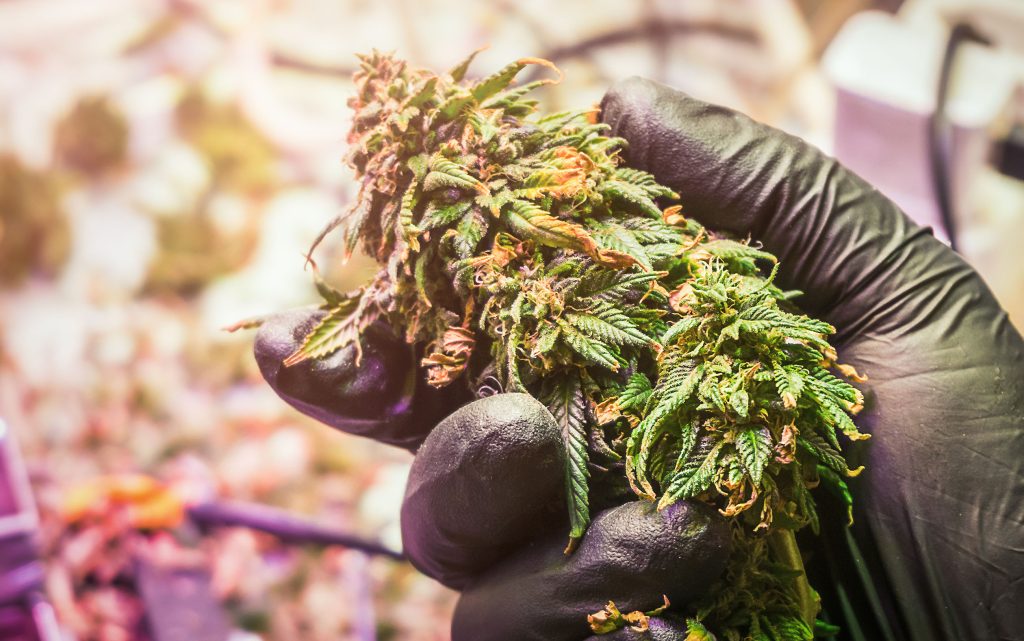
There are three main parts of a plant to keep an eye on; the fan leaves, the trichomes, and the pistils. What are these and how do they change?
1. Fan leaves as a sign of when to harvest
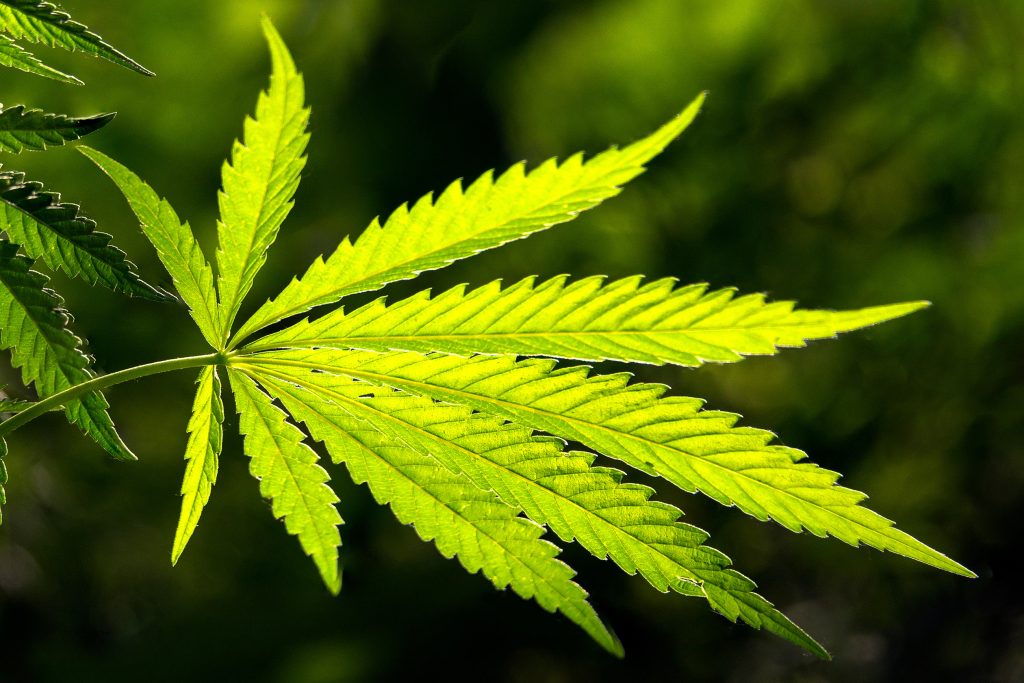
These are the big, wide leaves that soak up the sun that your plant needs to grow. For the vegetative period and the first several weeks of flowering, these should remain a solid, bold green color that varies from lime to forest depending on the strain.
As the plant gets closer to harvest time, it will begin to pull nutrients from the fan leaves to focus on the flowers. During this period, the fan leaves will begin to turn yellow and possibly even die. If you’re 6-8 weeks into flowering, this is most likely a sign that things are starting to wrap up. However, if you’re still in the first few weeks or at any point before flowering, yellow leaves are a sign that something isn’t right.
But just because the leaves are starting to turn yellow and you’ve got some big sticky buds doesn’t mean that you’re ready yet. To really know the best time, you need to look closer.
2. Pistils as a sign of when to harvest
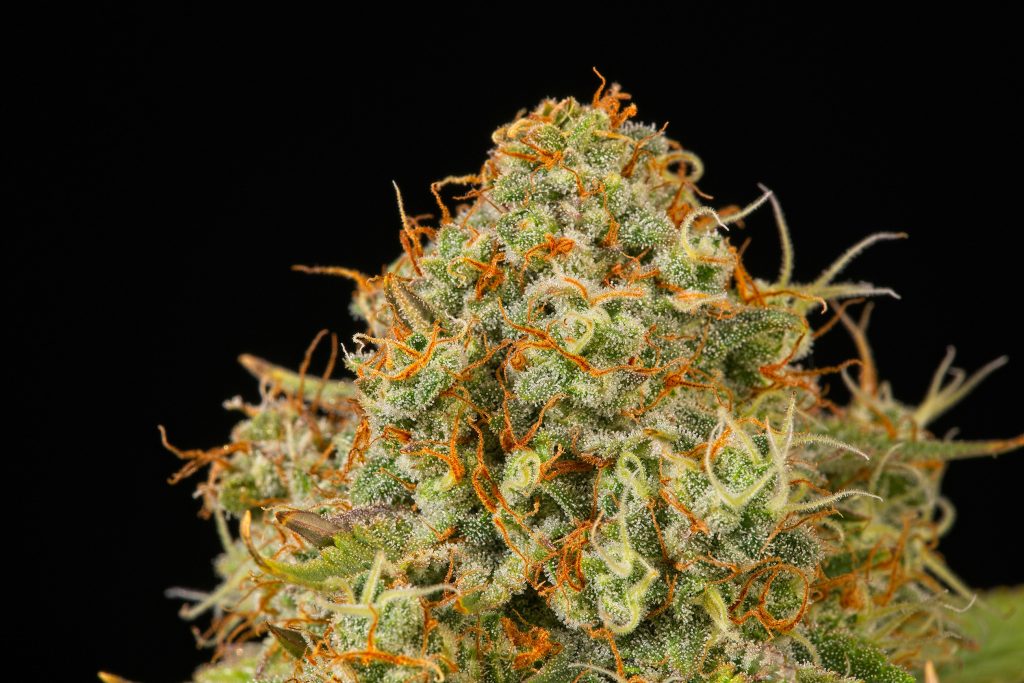
Pistils are the little hairs that grow on your flowers. These are the very first signs that a plant is A) female and B) just starting to flower. These little hairs are the female plant’s reproductive organs and will develop a seed if pollinated. When they first appear, these are white early on and slowly change to darker shades of red, brown, and orange as the flowers move closer to harvest.
If a majority of the pistils are still white, then it’s too early to harvest. Give the plants a few more weeks to mature. The color of the pistils tells you not just how far along the plant is, but also the approximate THC/CBD ratio. Typically, you’ll want to wait until at least 50% of the pistils have changed color to maximize your THC levels. Start harvesting flowers when 60-70% of pistils have turned to guarantee the highest levels of THC.
After this point, the THC does begin to degrade and the plant will produce a more physical, stoned sensation compared to the psychological high of THC. If that’s what you’re looking for, then you should wait until 70–90% of pistils have changed colors, as more THC will have converted.
3. Trichomes as a sign of when to harvest
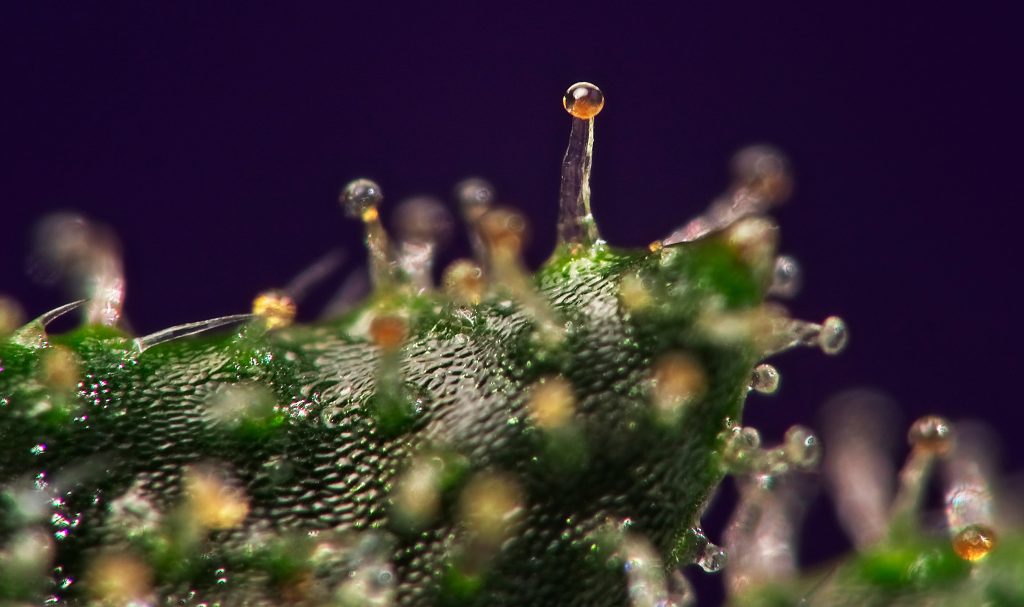
Leaves and pistils can easily be seen with the naked eye but if you want to get the best idea of your plant’s harvestability, you need to look closer.
Trichomes are small crystals that grow on a plant’s flowers and sugar leaves. In fact, the term “sugar leaves” is a reference to their frosted appearance. These little crystals appear white at first a few weeks into the flowering stage and mean that your plant is actively producing THC. The trichomes themselves contain live resin and several of the most desired chemicals in your plants.
Trichomes are incredibly small, bordering on microscopic. While their presence is easily spotted using them to determine if a plant is ready or not requires some sort of magnification. A jeweler’s loupe or any small, handheld magnifier is an easy choice as is your cell phone’s camera.
Zooming in, these crystals should be clear and crystal-like with a small ball on top during the early stage of flowering. Clear crystals mean that the resin still has low potency and the flowers are underripe. After a few more weeks of growth, trichomes will start appearing cloudy and milky. This means that the plant is progressing nicely but the flowers still aren’t fully formed and there’s still some time to wait.
Eventually, most of the trichomes will become cloudy meaning that it’s time to harvest. At this point, they hold the highest amount of THC and this is the point when most growers will harvest their crop. If you leave them longer, the crystals will turn from a milky white to amber and these flowers will produce a more physical high.
Can I harvest earlier or later?
As mentioned above, knowing the perfect time to harvest always involves a bit of guesswork. While harvesting a week earlier or later than the “perfect” moment is certainly fine, it can affect your final product.
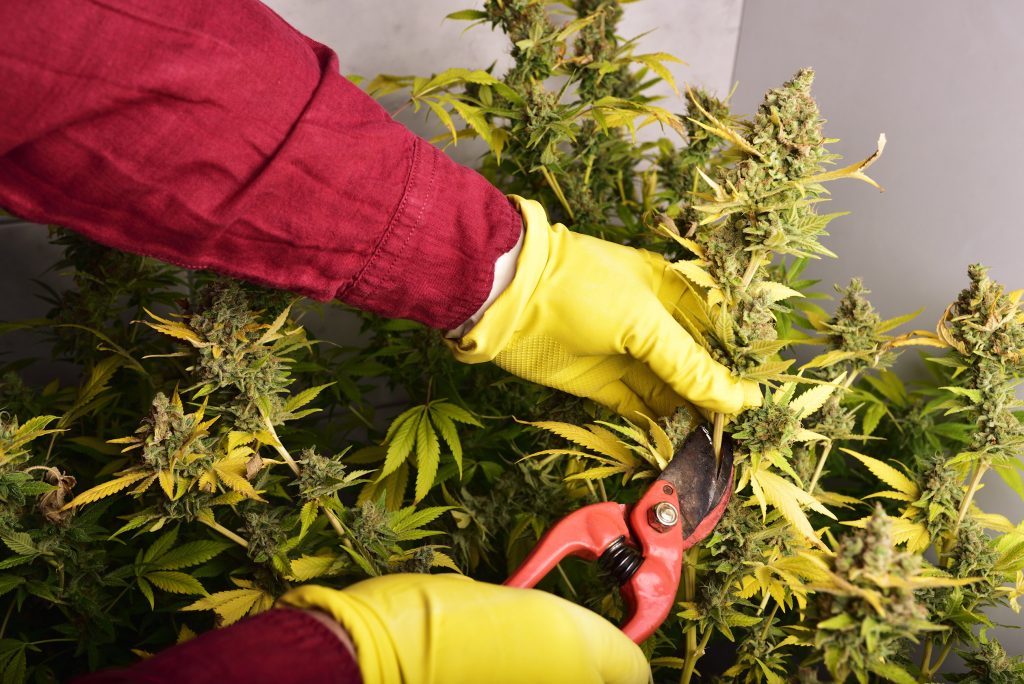
Harvesting early
Let’s be honest, typically the goal is to harvest as much as possible. With that in mind, harvesting early isn’t a good idea. Most growers will choose to give their plants “just a few more days” to make sure that everything is ready to go. However, there are reasons why harvesting earlier may be the best choice.
The most common reason for an early harvest is to prevent bugs and mold. In certain climates, poor weather can cause bud rot or other issues as the harvest season comes to a close. If moving your plants inside isn’t an option, you may have to bite the bullet and cut them down early. Even indoors, if you’re not monitoring your plants then mold and bugs can overwhelm a grow if left unchecked.
It’s generally best to avoid early harvesting if at all possible, but if it really can’t be avoided, then so be it. While it may be less potent than if you had been able to wait, some bud is always better than no bud.
Harvesting late
On the other hand, harvesting late means that you’ve let your plant go past the point of peak potency. Typically, this is considered a mistake due to the degradation of THC. As stated earlier, the THC in plants will eventually break down if left unharvested. Allowing the plant to go on a bit longer can lead to a stronger taste and aroma, the flavor and smell will go off if kept alive too long.
Harvesting your plants late can be a valid choice, though, depending on what kind of effect you’re looking for. As the THC breaks down, it gets converted to CBN which induces a more physical and “stoney” high. Even sativas, if harvested a bit later, will give you a result closer to a more indica-heavy strain. This might not be for everyone, but many medicinal users prefer greater levels of CBN and more sleep-inducing effects.
Finally, some strains will begin to self-pollinate as a result of being left too long and your harvest will be full of seeds.
The perfect moment for harvesting
Timing is everything when you’re harvesting cannabis. How long you allow your plants to mature greatly affects their potency and flavor. New growers commonly harvest the plant early due to excitement and end up with low yields and low-potency flowers.
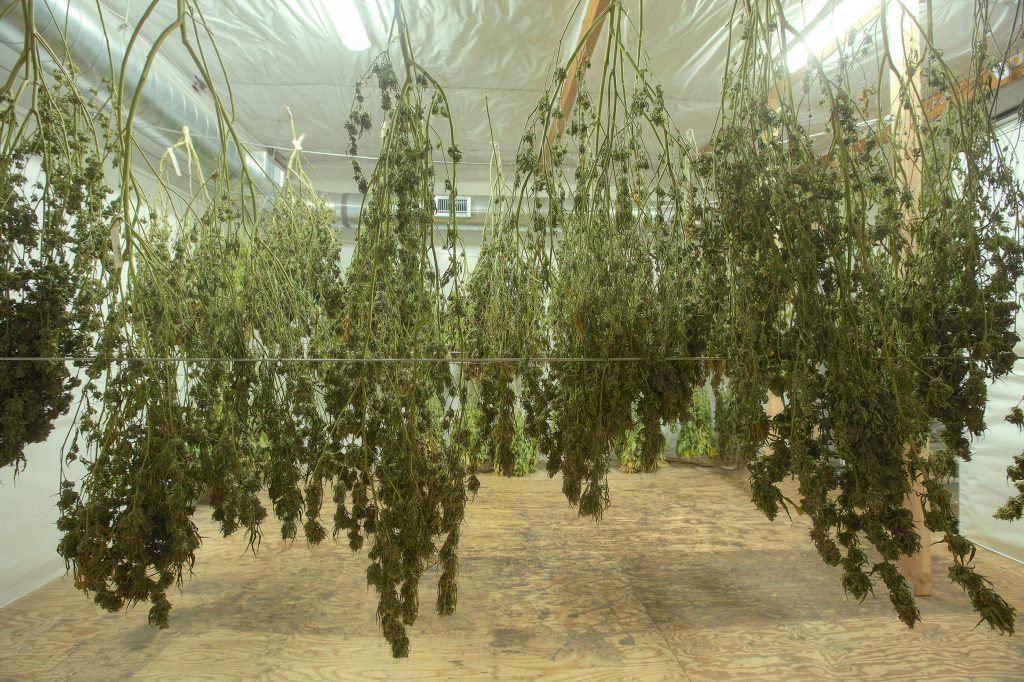
By looking at fan leaves, pistils, and trichomes, you can increase your chances of harvesting your plants at the elusive “perfect moment”. As with anything, it’s always a game of trial and error and consistent genetics will help you hone in on the ideal schedule. Luckily WeedSeedShop has a wide range of proven and cataloged strains to get you the best fit for your schedule.
After you’ve harvested your plants, you’re still not quite done. Check out our guides on trimming and drying to turn your newly-harvested plants into ready-to-smoke buds.




